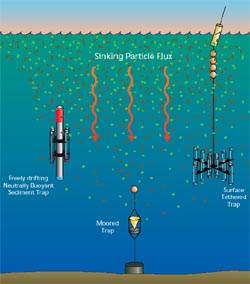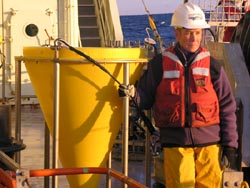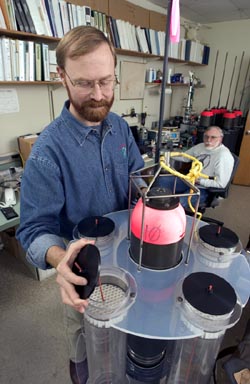 | ||||||
|
| ||||||
 | ||||||
|
| ||||||
 | ||||||
|
| ||||||
 | ||||||
|
| ||||||
| Related Links | ||||||
참고 : http://www.whoi.edu/instruments/viewInstrument.do?id=10286 | ||||||
출처 : innovation ocean
글쓴이 : 클라♡ 원글보기
메모 :
'재난&안전 뉴스' 카테고리의 다른 글
| [스크랩] 기업재난관리자가 하는일과 필요한 자격증, 전망에 대해 알아보자 (0) | 2016.06.15 |
|---|---|
| [스크랩] 기업재난관리자 실무 2016년 1기생 (통합4기생) 교육 신청받습니다 (개강일 2016,1,9) (0) | 2015.12.19 |
| [스크랩] 삼성증권 ,BCM 국제인증 획득 (0) | 2015.01.30 |
| [스크랩] 2015년도 재해경감활동 실무과정 교육 일정이 변경되었음을 알림니다 (2015년1월31일~2015년 2월8일, 4일간) (0) | 2015.01.30 |
| [스크랩] <from> 부끄러운 자화상 `무책임한 리더` (0) | 2014.07.18 |